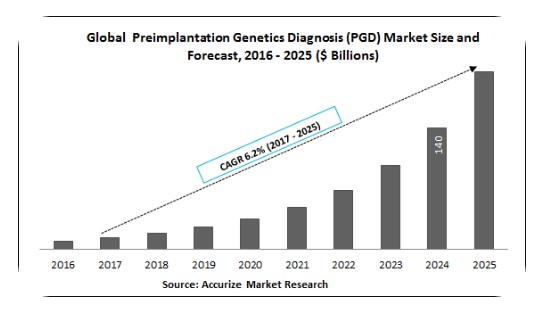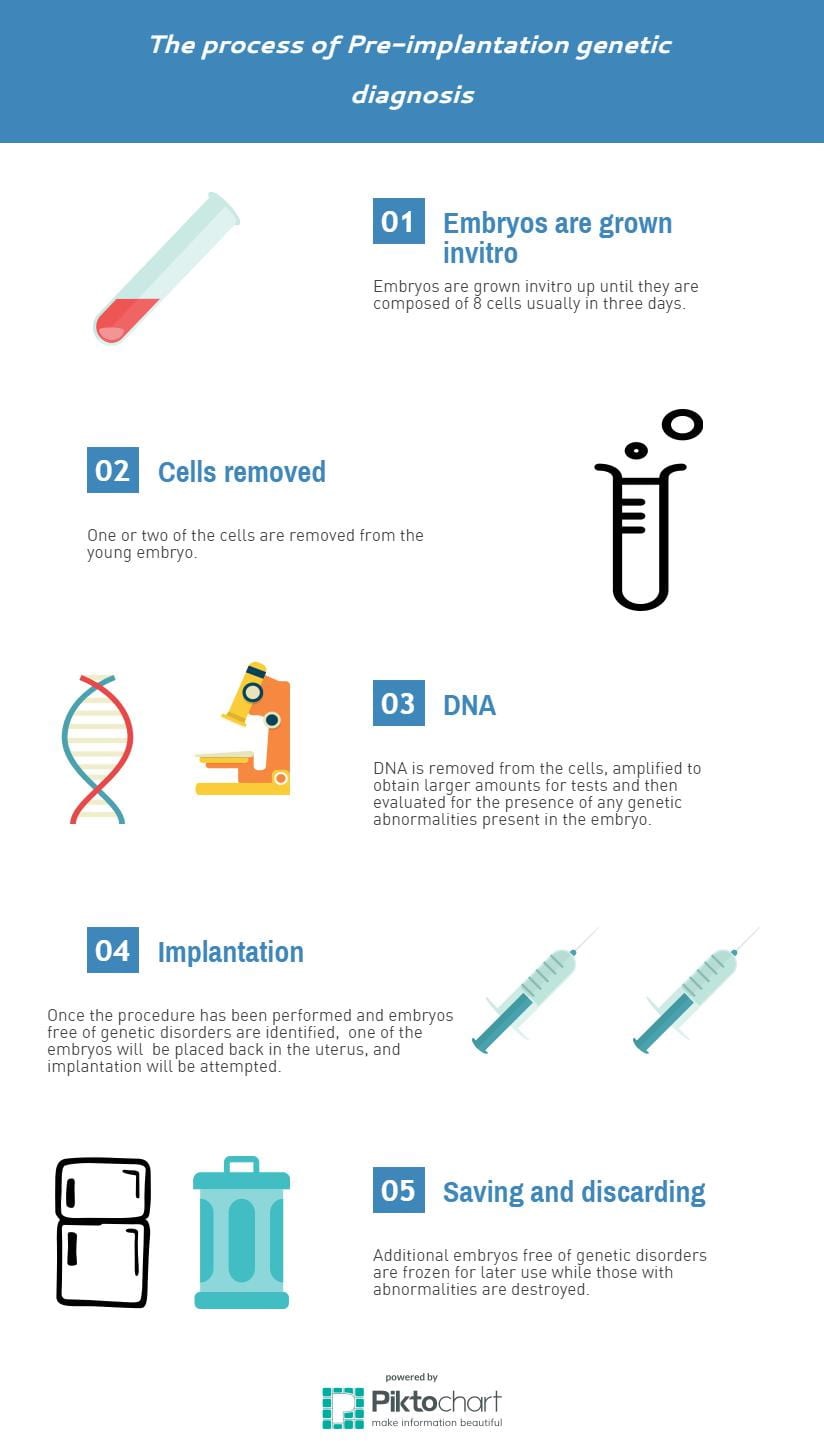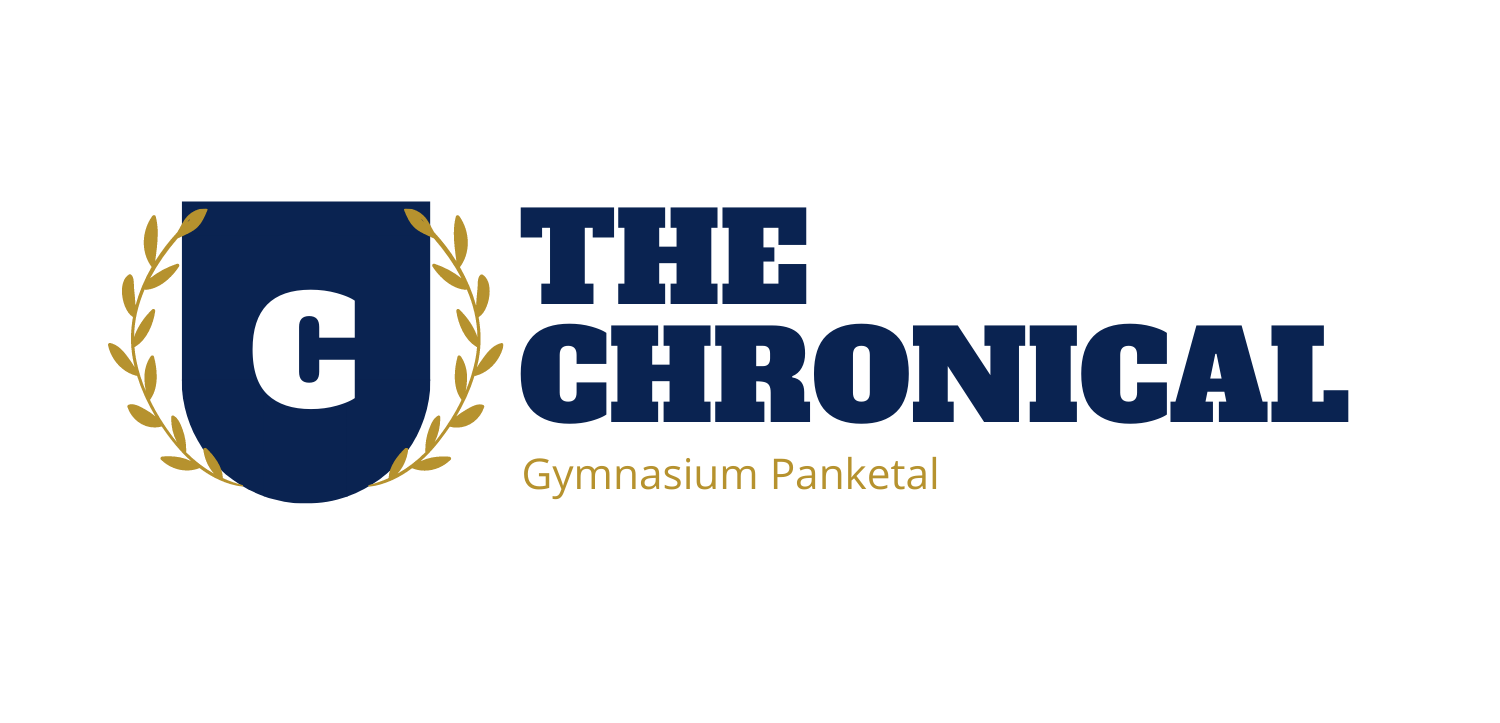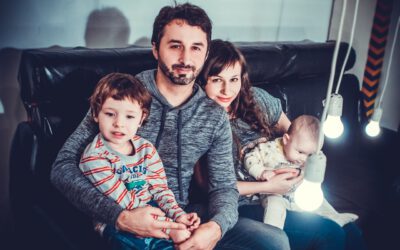Von Theodor Wonsinski
Use of PGD derived by it´s market size


Table of Legility concerning PGD and Savior Siblings
|
Country |
Legality of PGD |
restrictions |
|
Austria
|
(🗸) |
Since 2015 PGD is allowed to prevent severe illnesses caused by genes |
|
Belgium
|
(🗸) |
Since 2005 sex-specific selection is only allowed in order to eliminate sex-linked diseases |
|
France
|
(🗸) |
Since 2006 PGD is allowed to prevent serious genetic diseases which are considered untreatable or incurable at the moment of the diagnosis |
|
Germany
|
(🗸) |
In G. it is forbidden to carry out PGD on cells extracted in the embryo’s blastomere stage |
|
Netherlands
|
(🗸) |
PGD is only permitted if it prevents genetic diseases |
|
Spain
|
(🗸) |
Since 2005 sex-specific selection is only allowed in order to eliminate sex-linked diseases |
|
Switzerland
|
(🗸) |
Since 2016 PGD is allowed to prevent severe illnesses caused by genes |
|
USA
|
(🗸) |
Every State has got different laws concerning PGD (MA allows PGD), some allow medical irrelevant selection |
|
Great Britain
|
🗸 |
Since 2008 |
A lamb fighting slaughter
Have you ever thought about suing your parents? You would think such a thought would never actually become reality, no way how you would twist it. However, a girl called Anna Fitzgerald did. She was born with the only purpose to sacrifice herself to save her sister: And now she’s taking her chances.
Do saviour children have rights?
The 13-year-old Anna Fitzgerald coined headlines of all kind of newspapers worldwide over the last weeks by suing her parents to fight for her rights. She was genetically created to save her from cancer suffering sister Kate Fitzgerald. Anna endured the pain her whole life that comes with the for Kate life-saving donations. She doesn’t want to aid with this anymore, since the next donation could be life-changing and has fatal potential. That’s why Anna sues her parents in cooperation with the celebrity lawyer Campbell Alexander. In court, they’re fighting for Anna’s right to decide over her own body. In legal terms, this is called medical emancipation.
The treatment options of APL
Acute promyelocytic leukemia (APL) is a unique subtype of acute myeloid leukemia (AML). It is caused by a gene rearrangement concerning the 15 and 17 chromosomes, leading to the formation of an abnormal fusion gene called PML/RARα. This gene produces immature white blood cells, and therefore a bone marrow transplant is needed to provide healthy leukocytes.
Interview with the parents of Kate about the lawsuit
Anna Fitzgerald is a savior sibling specifically born to aid her sister Kate who suffers from leukaemia. After the young Anna decided to sue her parent over the right to her own body, we decided to speak with the parents of Anna and hear out their opinion.
Interview with Kate Fitzgerald
Yesterday morning I had the chance to ask a few questions to Kate Fitzgerald, who suffers from Leukemia. As the sister of Anna, a savior sibling, she has got some interesting point of views regarding different topics, for instance the relationship with her parents. The following interview will prove that Kate has a breathtaking mindset and a heart of gold.
Creating human life just to destroy it?
A savior sibling refers to the creation of a genetically matched human being, in order to be the savior of a sick child in need of a donor. This requires creating human embryos in vitro, which literally means “in glass”, using the egg from the mother and fertilizing the egg with the father’s sperm. Then, using pre-implantation technology, the embryos are tested, and the one who is genetically compatible is implanted into the mother’s womb where the embryo can grow and develop. As soon as that baby is born, the cord blood is often collected because it matches perfectly for the sick sibling. In the embryos further development, bone marrow, blood, or even organs, can also be taken and used for transplantation for the affected sibling. The consequences on the new born and created child are controversial and seen from multiple different perspectives, as the case of the Fitzgerald family shows.


